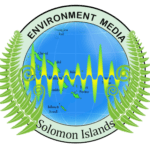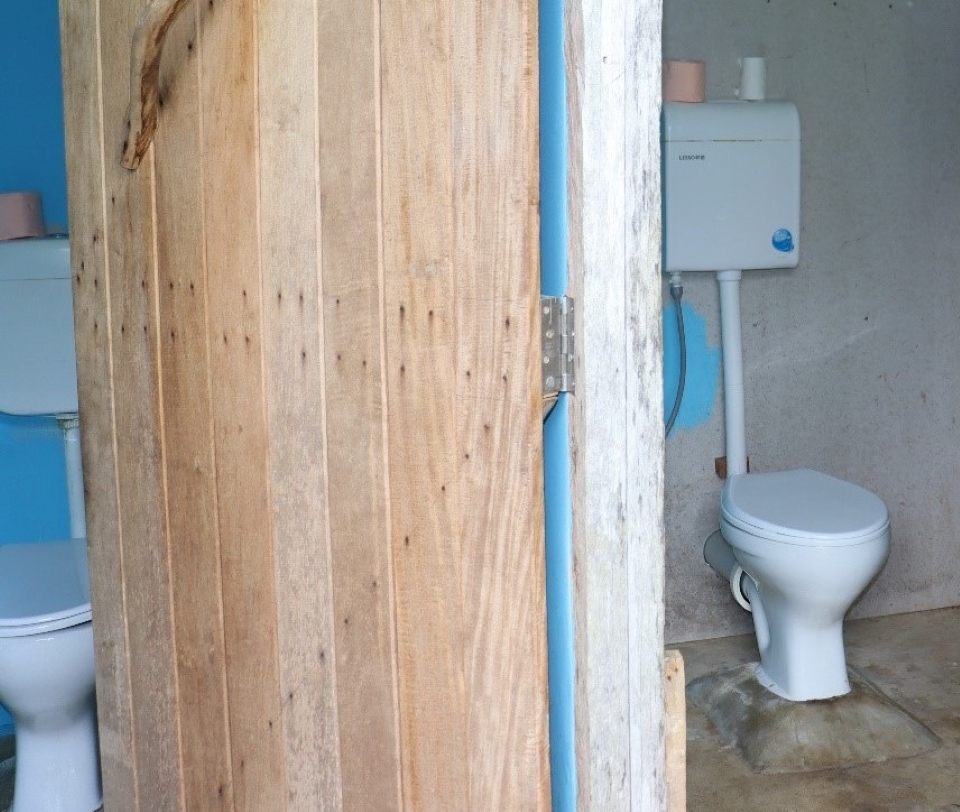CLOSE to half (49.5%) of all households in Solomon Islands had no access to a toilet facility – with open defecation being the primary facility used.
This was captured in the 2019 Census report where a total of 132,492 households were counted: 131,566 private households and 926 non- private dwellings (institutions).
The report showed 65,062 households have no access to proper toilet facility and used open defecation.
The highest was in Guadalcanal province with 15,803 households, followed by Malaita Province with 13, 824 and Western Province with 10, 653 households.
Modern toilet facilities refer to installations constructed to dispose of human excreta and therefore excludes naturally used facilities such as bushes, rivers, beaches or sea.
In the 2019 Census and in the previous 2009 Census, the following types of (modern) toilets or improved sanitation facilities were distinguished:
- Flush to septic tank (an installation that has its own cleaning-water system, which washes
- away the waste), either private or shared with other households.
- Water sealed toilet (an installation where the toilet is cleaned after use by pouring water from
- a bucket), either private or shared with other households.
- Pit latrine either with slab or without slab, either private or shared with other households.
- Other improved facilities (any other type of toilet that does not fit any of the above descriptions).
Over a third of all households (35%) usually used improved sanitation facilities such as toilets that comprised of flush-to-septic tank or pit latrine, or a pit latrine with slab (Table 14.12.1, Figure 14.12.1).
This was a decline from 43% of households that usually used improved sanitation in 2009.
In urban areas, 84% of all households compared to 19% of all households in rural areas usually used improved sanitation facilities. Honiara recorded more than half of all households (59%) that had access to flash toilet.
Close to half (49.5%) of all households had no access to a toilet facility – with open defecation being the primary facility used by these households.
SINSO Press

